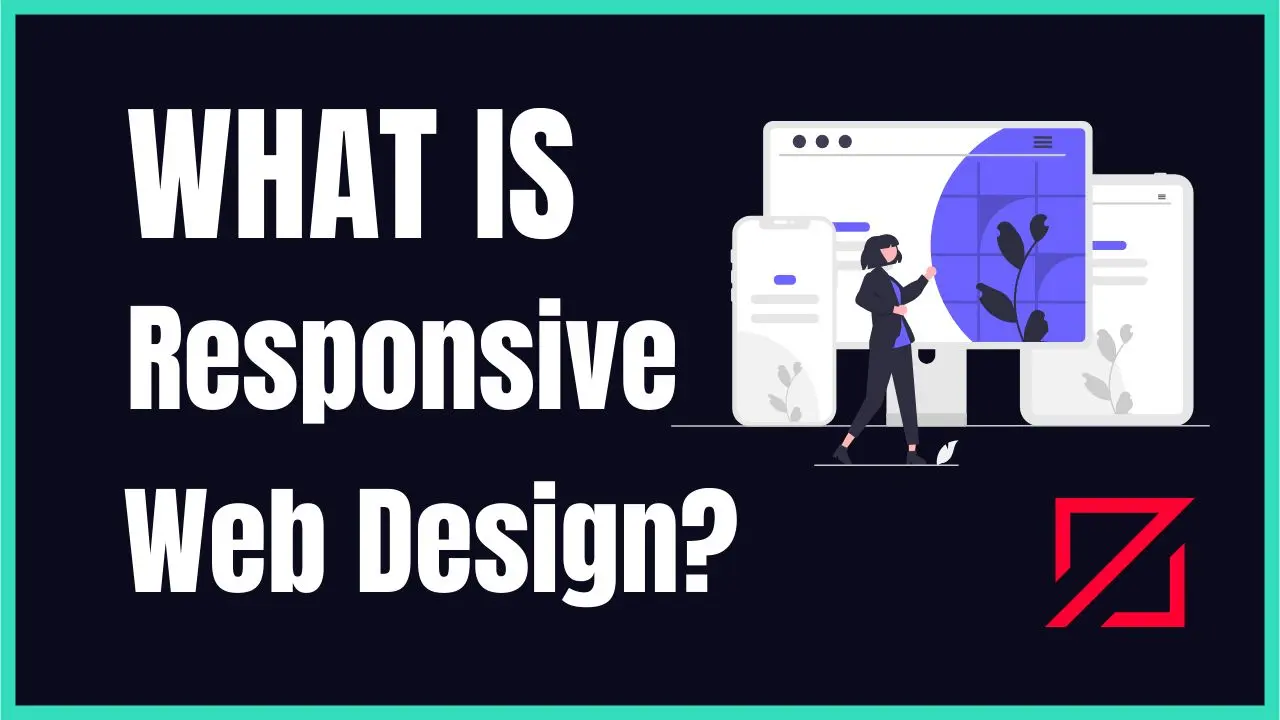In a world where smartphones and tablets dominate internet usage, having a website that adapts seamlessly to all devices is no longer optional—it’s a necessity. This is where responsive web design comes into play. In this comprehensive guide, we’ll explore what responsive design is, why it’s essential in today’s mobile-first world, how it works, and the tools you can use to achieve it.
Table of Contents
What Is Responsive Web Design?
Responsive web design is an approach to web development that ensures a website’s layout adjusts dynamically based on the screen size, orientation, and device used by the visitor. Whether it’s a desktop, tablet, or smartphone, a responsive website delivers a seamless user experience by optimizing design elements like navigation, images, and text.
A responsive website eliminates the need for separate mobile or desktop versions, making it cost-effective and easier to manage.
Why Is Responsive Design Important?
1. Mobile-First World
With over 60% of web traffic now coming from mobile devices, it’s critical for businesses to prioritize mobile-friendly designs. A site that isn’t responsive risks alienating this significant portion of users.
2. Improved User Experience
Responsive websites adapt to the user’s device, ensuring fast loading times, easy navigation, and readable content—key factors in retaining visitors.
3. Higher Conversion Rates
A consistent and user-friendly experience across devices leads to higher engagement and increased conversions.
How Does Responsive Design Work?
Responsive design relies on three core components:
1. Fluid Grids
- A fluid grid uses percentages instead of fixed units (like pixels) for layout elements. This allows the website to resize proportionally to the screen size.
2. Flexible Images
- Images are scaled within their containing elements, ensuring they don’t overflow or distort on smaller screens.
3. Media Queries
- CSS media queries enable developers to apply specific styles based on the device’s characteristics, such as screen width and resolution.
Here’s an example of a media query in CSS:
@media screen and (max-width: 768px) {
body {
font-size: 16px;
}
}Tools and Frameworks for Responsive Design
Creating a responsive website is easier with the right tools and frameworks. Here are some popular options:
1. Bootstrap
- A widely-used CSS framework that provides pre-designed responsive components like grids and navigation bars.
2. Foundation
- A responsive front-end framework similar to Bootstrap, known for its flexibility and advanced features.
3. Media Query Generators
- Tools like CSS3 Media Queries Generator can simplify the process of creating custom media queries.
4. Online Testing Tools
- Tools such as BrowserStack and Responsive Design Checker allow developers to test how a website looks across different devices.
Examples of Responsive Websites
1. Airbnb
- The Airbnb website showcases responsive design by maintaining a clean and intuitive layout across all devices. It adjusts navigation menus and image sizes dynamically.
2. Dropbox
- Dropbox employs responsive design to ensure seamless functionality, with elements like buttons and forms resizing perfectly for smaller screens.
3. Starbucks
- Starbucks’ responsive website adapts beautifully to mobile screens, emphasizing clear calls-to-action and easy navigation.
Benefits for SEO and User Experience
1. Improved SEO Rankings
- Search engines like Google prioritize mobile-friendly websites. Responsive design ensures your site meets Google’s mobile-first indexing criteria.
2. Enhanced User Experience
- Visitors are more likely to stay on a website that provides a smooth and engaging experience, reducing bounce rates and increasing dwell time.
3. Faster Loading Times
- Optimized design elements and images in responsive websites contribute to faster loading times, which is crucial for both user satisfaction and SEO.
4. Lower Maintenance Costs
- Unlike managing separate versions for mobile and desktop, a responsive website requires only one codebase, reducing development and maintenance costs.
Conclusion
Responsive design is no longer a luxury—it’s a necessity in today’s digital landscape. By ensuring your website adapts seamlessly to any device, you not only enhance user experience but also improve your search engine rankings and conversions.
If you’re ready to make your website responsive, tools like Bootstrap and Foundation can help you get started. Remember, a responsive website is the first step toward building a strong online presence in a mobile-first world.
